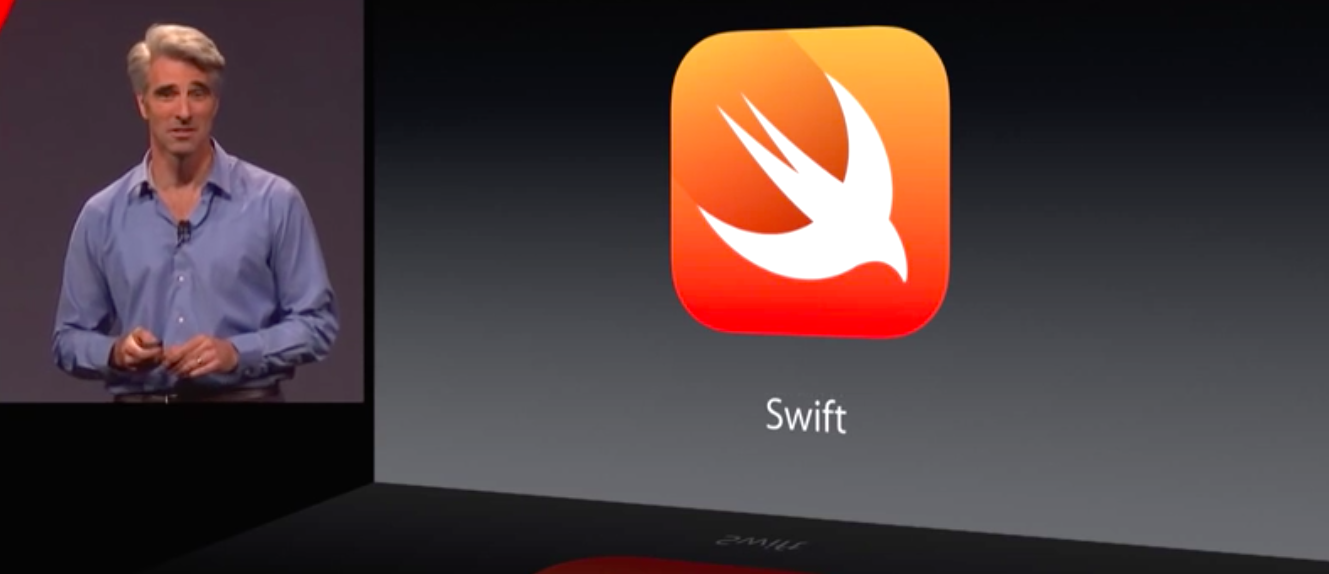


If the exposed interface has all the required members, you can skip to the next step. This file is located within the framework under the following path. This file is an autogenerated header that exposes desired Swift classes, methods, and fields making them accessible to both Objective-C and ultimately C# via a Xamarin binding library. The first step is to have a native Swift Framework ready with Objective-C header created. The following sections outline these steps with additional details.

The purpose of this document is to describe a high-level approach to create a Swift Binding for Xamarin. Additional documentation is now available describing the process of Binding a Swift Framework, so they are consumable by a Xamarin application in the same manner. You may already be familiar with the process of binding regular Objective-C libraries. The ability to reuse components built with Swift has become increasingly important to Xamarin developers as their popularity amongst developers continues to grow.
SWIFT SHARE IOS CODE
Maximizing code and component reuse is one of the key goals of cross-platform development. The iOS platform, along with its native languages and tooling, is constantly evolving and there are plenty of third-party libraries that have been developed using the latest offerings. Please take this survey to inform future development efforts. We're currently investigating custom binding usage on the Xamarin platform.


 0 kommentar(er)
0 kommentar(er)
